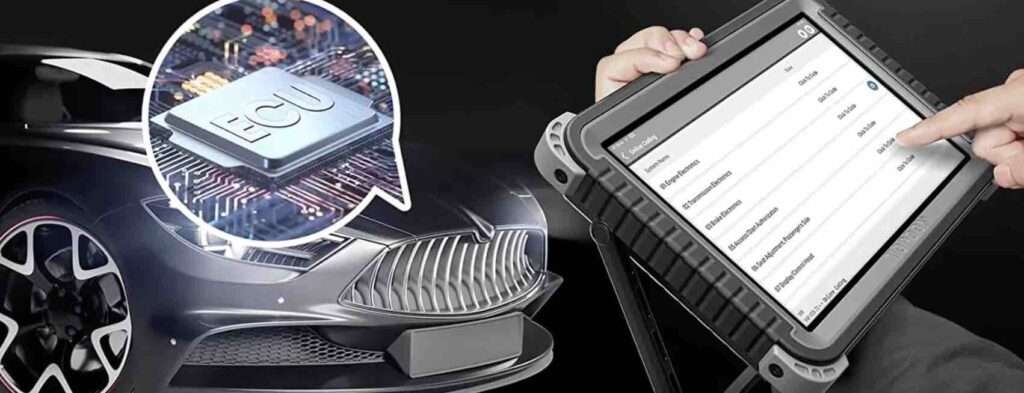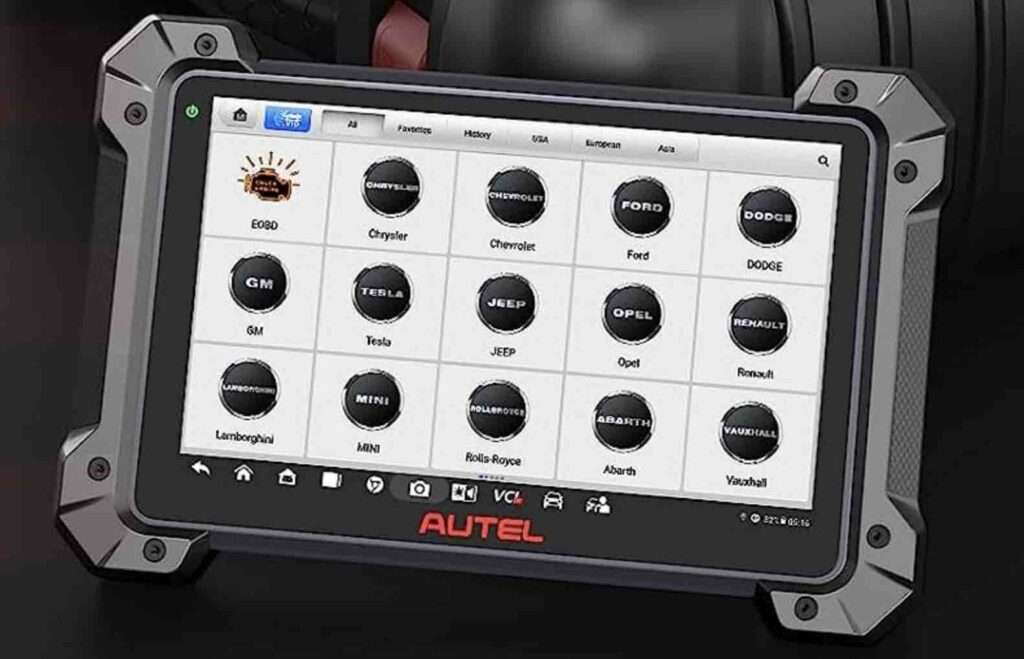Last updated on July 13th, 2023 at 05:09 pm
Do you want to know about the early stage history, development, and evolution of car scan tools to the point it is at right now, where even complex scanners like the bi-directional scanners, then you are in the right place post? So if you have ever thought about how your mechanic finds out what’s up with your car when it starts showing signs of problems? Well, the device or tool they are using is called an automotive scan tool. You can imagine or liken this tool to like your technician having a cozy chat with your car and trying to get the inside scoop on everything happening under the hood of your car and the car computer. These high-tech buddies are super important in today’s car care world, pulling out heaps of data from your ride and pinpointing any bugs.
These handy tool has evolved big time since their early days. Scan tools started as basic gadgets that only understood a bit of car-speak. Imagine the early days of medical scanning, like computed tomography, and you’ll get the picture. Now, they’re like automotive whisperers, holding two-way convos with all the systems in your car. This article is your time machine, taking you back to the 20th century and beyond to trace the evolution of these diagnostic devices.
From the start with the first On-Board Diagnostics 1 (OBD-I) system, through the shift to the super-smart OBD-II, right up to today’s advanced bi-directional scan tools, we’ll explore how these tools shook up the car industry. Are you ready to hit the road with me on this scan tool history trip? Then Strap in your seat belts, and let’s roll!
Before The OBD-I scan Tool Era
In the good old days before 1980, figuring out what was wrong with a car was like playing a high-stakes guessing game. Mechanics had to go with their gut and experience to suss out the issues under the hood. But the game changed when the first automotive scan tool hit the scene in the 1980s, kick-starting the OBD-I era.
Overview of the early diagnostic tools.
OBD-I, which stands for On-Board Diagnostics 1, was a major breakthrough. It was like the automotive equivalent of computed tomography – a seriously big leap in tech. This was the first time that mechanics had a tool that could actually talk to a car, dishing out these handy things called diagnostic trouble codes (DTCs). It was like a secret language that gave us all the gossip on what was going wrong under the hood.
Introduction and limitations of OBD-I.
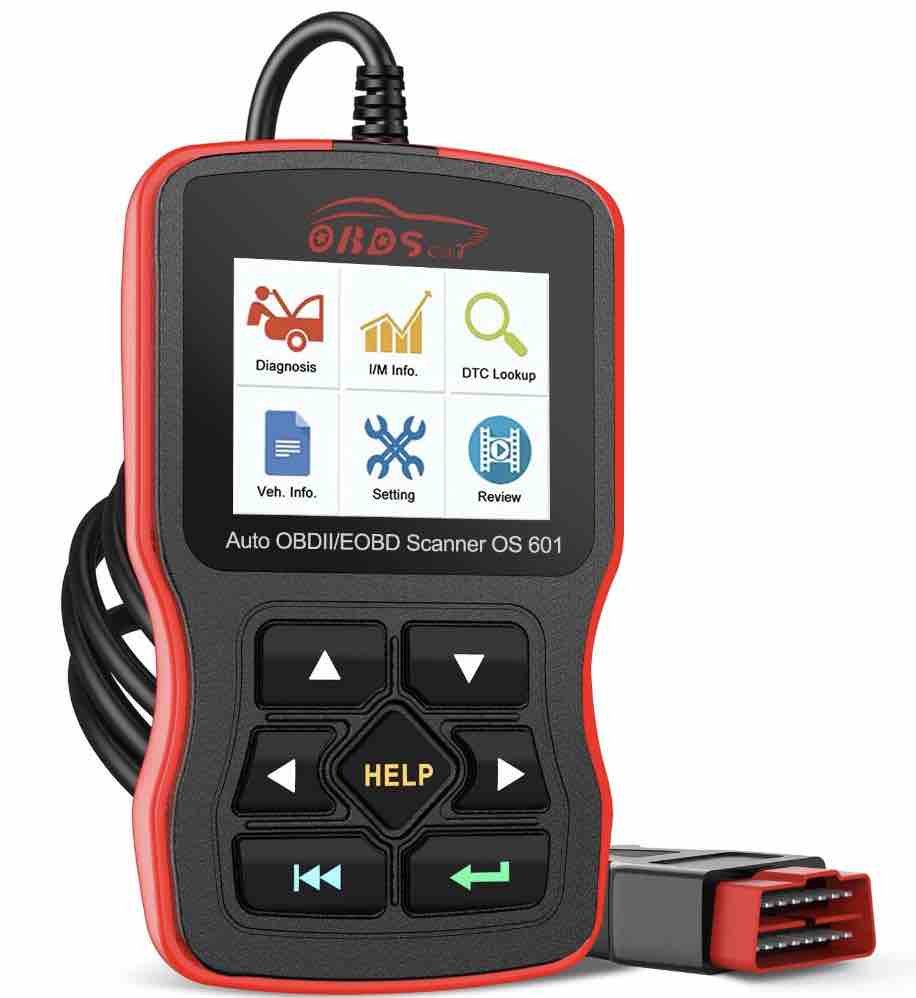
The OBD-I, much like early computed tomography in the 1970s, had its downsides. It was like every car manufacturer was using its own computer language, making the diagnosis difficult to apply to a wide range of variations in various vehicles’ computer language models. Also, OBD-I could only give a glimpse of what was happening with the car. It was a bit like trying to follow a movie when you’re only hearing every other line.
But even with these hiccups, OBD-I made waves in the automotive world during the late 20th century. It laid the foundation for the creation of cooler, more advanced diagnostic tools and was the first step on the path to the next big thing in the world of car diagnostics: the oh-so-smart OBD-II system we use today.
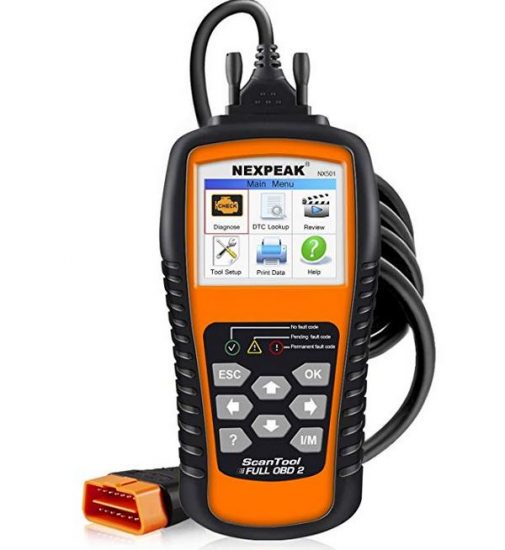
The Shift to OBD-II
As mechanics and car enthusiasts navigated the new frontier of automotive diagnostics in the 80s and early 90s, it quickly became evident that the OBD-I system was just the opening act. Like an initial medical scan that delivered basic results, this simple diagnostic solution proved inadequate when providing more in-depth details about a vehicle’s health, hence giving rise to OBD-II system development and implementation.
OBD-II, or On-Board Diagnostics 2, was launched as the successor to scan tools in the mid-1990s as an evolutionary leap forward for diagnostic capabilities and standardization across vehicle manufacturers. Originally advertised as “computed tomography for automotive,” OBD-II promised deeper diagnostic capabilities as well as increased standardization between vehicle brands.
OBD-II was like moving from using a basic telescope to using Hubble Space Telescope: we could see more, understand more and do more with it than ever before. Thanks to its innovative system, we could read and clear codes more quickly while viewing real-time data as well as monitoring vehicle emissions – an especially key capability given rising environmental concerns during the late 20th Century.
Advantages and new features introduced by OBD-II.
OBD-II revolutionized vehicle diagnostics as no other development had before it; its implementation provided technicians with more detailed insights into a car’s inner workings akin to computed tomography’s revolutionizing medical imaging. Now technicians weren’t just diagnosing issues; rather they could predict them and optimize performance to increase vehicle longevity and maximize value for buyers.
OBD-II marked an extraordinary breakthrough for automotive scan tools, offering a standardized, comprehensive, and efficient vehicle diagnosis and repair method. Indeed, its development marked more of a revolution.
Here are the key pros of OBD-II scanners
- Standardized Diagnostic Trouble Codes (DTCs): OBD-II introduced a uniform set of diagnostic trouble codes across vehicle manufacturers, making it simpler for technicians to read and interpret them regardless of the make and model of their car. This makes diagnosing trouble codes faster.
- Real-Time Data Monitoring: OBD-II allowed technicians to track vehicle parameters in real-time closely, helping identify intermittent problems as they occurred and track any subsequent repairs in real-time.
- Emissions Monitoring: OBD-II was explicitly created to monitor vehicle emissions control systems for environmental compliance and early fault identification to avoid increased emissions levels.
- Expanded Diagnostic Trouble Codes: OBD-II broadened its diagnostic trouble codes beyond engine control modules to cover transmissions, brakes, and airbags.
- Freeze Frame Data: OBD-II introduced “Freeze Frame” data, which stores sensor readings when an issue arises and provides invaluable assistance when diagnosing intermittent issues.
- Standardized Connector: OBD-II implemented a universal diagnostic connector used by all cars and light trucks, making diagnosis simpler.
- Increased Access: OBD-II made automotive diagnostic tools more easily accessible to individual car owners rather than simply repair shops, creating the opportunity for DIY diagnostics and repairs.
- Compatibility with Bi-Directional Scan Tools: OBD-II systems feature bi-directional communication capabilities that enable technicians to read data from vehicle control modules and issue commands to test or actuate components on board actively.
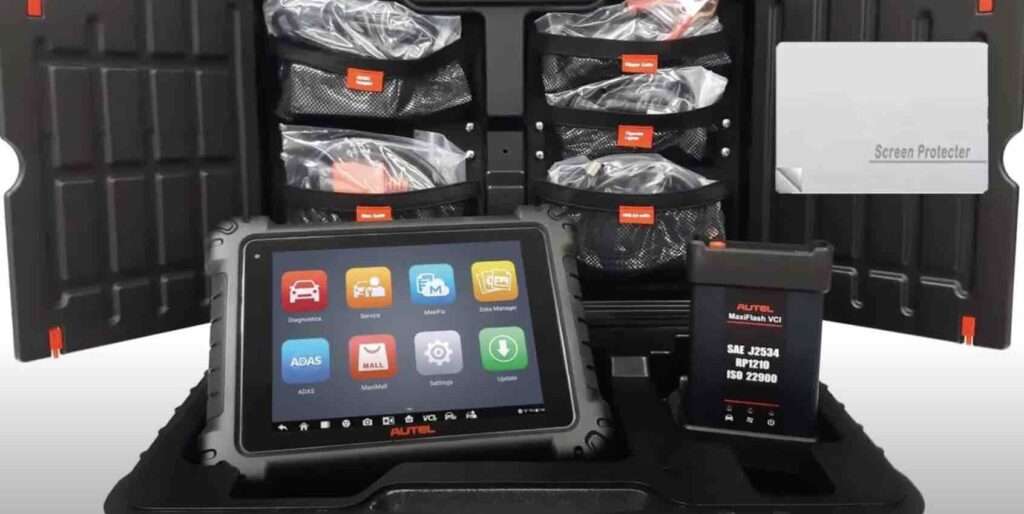
The Bi-Directional Scan Tool Revolution
The dawn of the 21st century saw the birth of a pivotal development in the field of automotive diagnostics.
So, it started off in the early 2000s when Snap-On -yeah, one of Americans’ big companies known for their great car repair device started making waves in the automobile diagnostics world with the introduction of a car bi-directional scan tool. This isn’t just some new-fangled tool; it’s a game-changer for understanding and fixing cars. See this: Top 3 Best Scan Tools with ECU Programming
Benefits and Common Uses of Bi-Directional Tools
The cool thing about these bi-directional scan tools is they don’t just read codes – they will chat back with the car’s electronic systems resulting in mechanics, car owners, or even car enthusiasts being able to run tests and fiddle with settings actively, yes all thanks to this device, the “bi-directional scan tool.” This development was great that a study in 2005 showed that using these tools amped up auto repair efficiency by a staggering 30% within the cause of just 5 years.
The perks of these bi-directional tools are pretty huge. You can now run active tests and mess with the car’s features – think fuel pump activation or power window operations – without even needing to get your hands dirty. Fast forward to 2010, and over half the auto repair pros in the U.S. are using these tools. That tells you just how much of a must-have item they’ve become. And for more bi-directional scanners, check out this video, where I talked about everything you need to know about bidirectional scan tool systems.
So, let’s rewind a little bit. I will say that diagnostic tools or car Scan Tools have come a long way – from the basic OBD-I scanner systems of the 80s, through the more versatile OBD-II scanners in the 90s, and onto the bi-directional game-changer scanners from the likes of Snap-On in the 2000s. Every step has meant quicker, more accurate, and more efficient car diagnostics.
Now, where are we headed next? With whispers of AI-enhanced tools and cloud-based diagnostics, the future is looking pretty thrilling. But one thing’s for sure: bi-directional scan tools really shifted gears in auto diagnostics, driving us into an exciting era of innovation.


